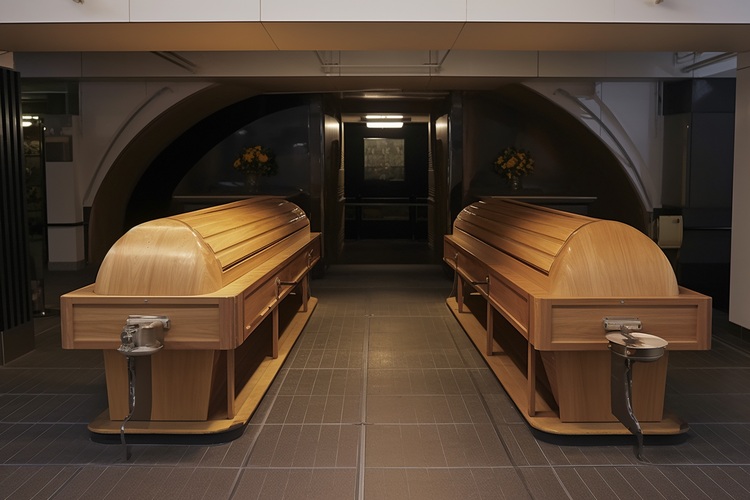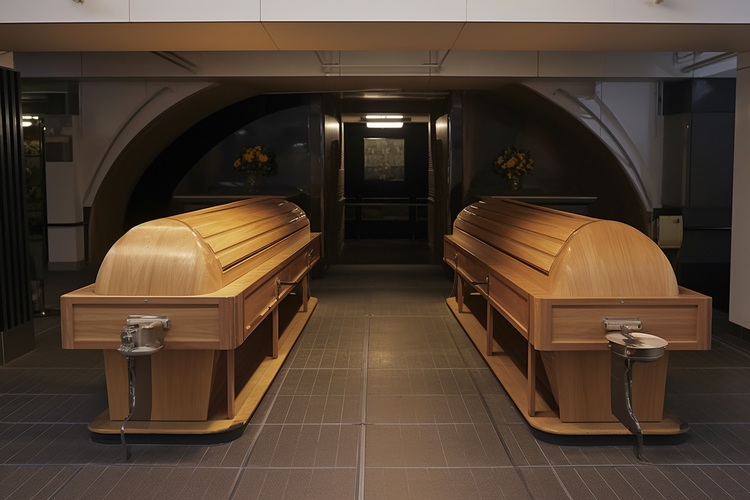Are Screwless Dental Implants the Future of Tooth Replacement in Your Country?
The world of dental implants is evolving — and screwless technology may become the next big step forward. Offering more comfort, better aesthetics, and fewer complications than traditional screw-retained systems, these implants are transforming what patients expect from restorative dentistry. But what makes them different, and are they the right choice for you?

Modern dentistry continues to push boundaries in restorative procedures, and screwless dental implants represent one of the newer developments in this field. While traditional screw-type implants have been the standard for decades, alternative designs are gaining attention for their unique approach to anchoring artificial teeth. This article examines screwless implant technology, how it differs from conventional methods, and what potential candidates should know before choosing this option.
What Are Screwless Dental Implants — and How Do They Work?
Screwless dental implants utilize a press-fit or friction-fit mechanism rather than threaded screws to secure the implant post into the jawbone. The implant body is typically designed with a smooth or textured surface that creates stability through compression and osseointegration. Once placed into a precisely prepared socket in the jawbone, the implant relies on bone growth around its surface to achieve long-term stability. The design often features a tapered shape that allows for immediate mechanical retention upon insertion. Unlike threaded implants that require rotational force during placement, screwless versions are pressed directly into position. The biological integration process remains similar to traditional implants, with bone cells gradually bonding to the implant surface over several months.
How Is the Procedure Different From Traditional Implants?
The surgical approach for screwless implants differs primarily in the preparation and insertion technique. Dentists create a socket that matches the implant dimensions precisely, allowing for a tight press fit rather than threading the implant into bone. This can potentially reduce the amount of heat generated during placement, which some practitioners believe may promote better healing. The procedure typically requires fewer rotational movements, which may decrease trauma to surrounding bone tissue. However, the technique demands high precision in socket preparation, as the fit must be exact to ensure proper stability. Some screwless systems allow for immediate or early loading, meaning temporary crowns can be attached sooner than with some traditional implants. Recovery protocols remain similar, with patients advised to follow soft food diets and maintain careful oral hygiene during the healing phase.
What Advantages Do Screwless Implants Offer?
Proponents of screwless implant technology cite several potential benefits. The press-fit design may distribute forces more evenly across the bone-implant interface, potentially reducing stress concentration points. Some patients report less post-operative discomfort, though clinical evidence varies across studies. The simplified insertion process can reduce chair time for certain cases, making the procedure more efficient. Screwless implants may also minimize the risk of microfractures that can occasionally occur with threaded implants in dense bone. The design can be particularly useful in immediate placement scenarios, where an implant is inserted directly into an extraction socket. Additionally, some screwless systems feature streamlined components that may simplify the restorative phase for dental practitioners.
Who Is the Best Candidate for Screwless Implants?
Ideal candidates for screwless dental implants typically have adequate bone density and volume to support the press-fit mechanism. Patients with good overall health and no active periodontal disease are generally suitable for this procedure. Those seeking immediate tooth replacement after extraction may benefit from screwless designs that accommodate fresh extraction sockets. However, individuals with insufficient bone density may require bone grafting procedures before implant placement, regardless of implant type. Patients with certain medical conditions affecting bone healing, such as uncontrolled diabetes or those undergoing radiation therapy, may need special consideration. A thorough evaluation by a qualified dental professional, including imaging studies and bone assessment, determines candidacy. Non-smokers or those willing to quit typically experience better outcomes with any implant type.
How Much Do Screwless Dental Implants Cost in Your Region?
The cost of screwless dental implants in Singapore varies based on several factors, including the complexity of the case, the materials used, and the dental practice. Generally, a single screwless implant procedure can range from SGD 3,000 to SGD 6,000, which includes the implant post, abutment, and crown. This pricing is comparable to traditional screw-type implants, though some specialized systems may command premium pricing. Additional procedures such as bone grafting, sinus lifts, or extractions will increase the overall cost. Many dental practices offer payment plans or financing options to make treatment more accessible.
| Provider Type | Services Offered | Cost Estimation (SGD) |
|---|---|---|
| General Dental Clinics | Single implant with standard components | 3,000 - 4,500 |
| Specialist Periodontal Centers | Single implant with advanced imaging | 4,000 - 5,500 |
| Premium Dental Practices | Single implant with premium materials | 5,000 - 6,500 |
| Dental Hospitals | Comprehensive implant treatment packages | 4,500 - 7,000 |
Prices, rates, or cost estimates mentioned in this article are based on the latest available information but may change over time. Independent research is advised before making financial decisions.
Insurance coverage for dental implants varies significantly in Singapore. While many basic dental insurance plans do not cover implants as they are considered elective procedures, some comprehensive health insurance policies or integrated shield plans may offer partial coverage. Patients should verify their specific policy details and consider obtaining detailed treatment quotes from multiple providers before proceeding.
Making an Informed Decision About Tooth Replacement
Screwless dental implants represent an evolving option in restorative dentistry, offering a different approach to tooth replacement. While they share the same fundamental goal as traditional implants, the technique and design philosophy differ in meaningful ways. Patients considering this option should consult with experienced dental professionals who can assess individual circumstances and recommend the most appropriate solution. Factors such as bone quality, aesthetic requirements, budget, and personal preferences all play important roles in treatment planning. As with any dental procedure, thorough research and open communication with your dental team lead to better outcomes and greater satisfaction with the final results.




